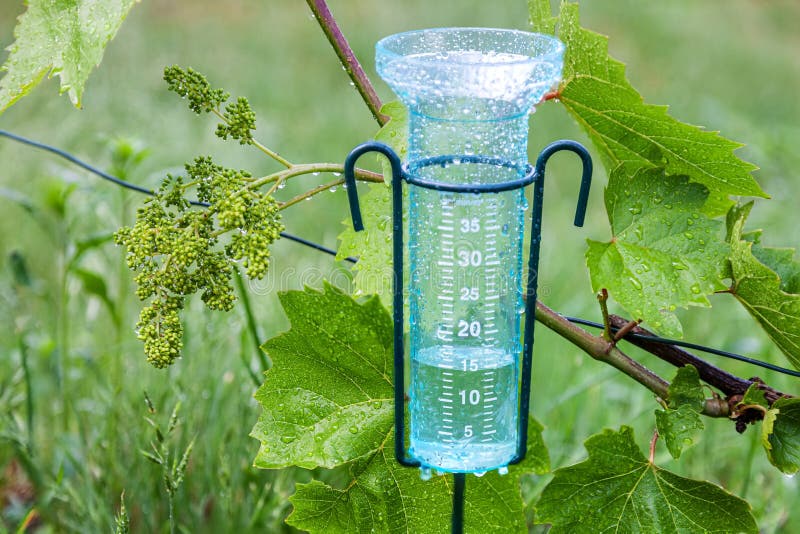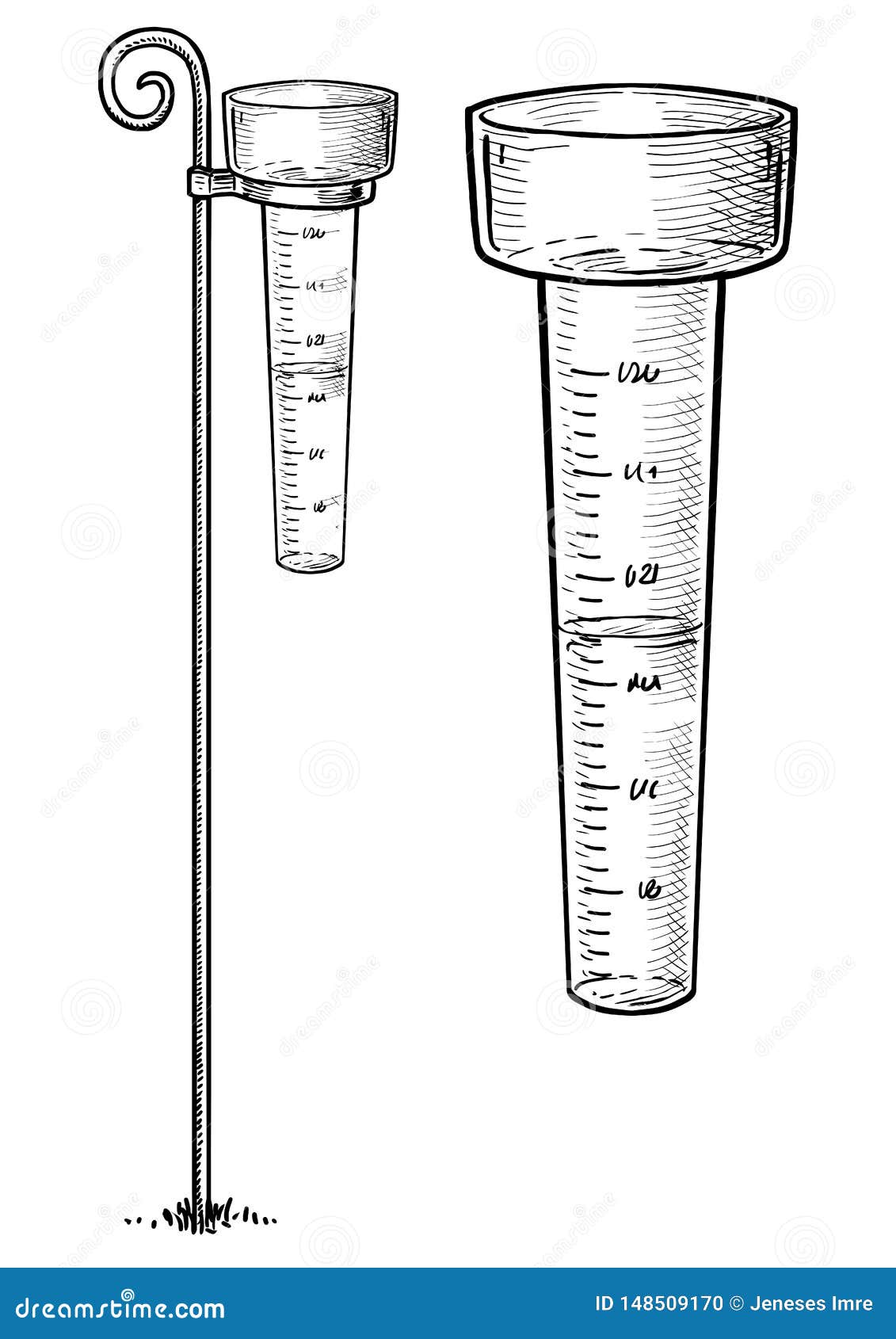How a Rain Gauge Can Boost Your Understanding of Local Environment Patterns
How a Rain Gauge Can Boost Your Understanding of Local Environment Patterns
Blog Article
Unveiling the Science Behind Rain Assesses: Just How These Tools Play a Vital Function in Environment Research Study and Environmental Surveillance
Rainfall evaluates, apparently basic gadgets, hold an extensive significance in the realm of climate study and environmental monitoring. These unassuming instruments silently collect among nature's most necessary elements-- rains. Yet, behind their plain exterior exists a complicated science that is crucial for recognizing the characteristics of our setting. As we peel off back the layers of this clinical shroud surrounding rain determines, we discover a globe where accuracy, information precision, and meticulous monitoring merge to reveal a deeper understanding of our transforming environment and its effect on the earth.
Significance of Rainfall Gauges
Rainfall assesses play a crucial function in tracking and measuring precipitation levels, giving vital information for climate study and analysis. These gadgets are essential in measuring the quantity of rainfall that takes place in a specific area over a particular duration. By gathering and measuring rain, rain gauges deal useful insights right into the circulation and strength of rainfall, assisting meteorologists, hydrologists, and climatologists in comprehending climate patterns and patterns.
In addition, long-term data accumulated from rainfall evaluates aids in assessing environment modification effects and patterns, adding considerably to clinical study and decision-making procedures. In essence, rainfall gauges serve as vital devices in the field of weather forecasting and ecological science, playing a vital function in progressing our understanding of climate and climate characteristics.
Kinds Of Rain Gauges

Functionality and Operation
In the world of climate research study and meteorological studies, the performance of rainfall determines hinge on their complex performance and accurate operational mechanisms. Rainfall determines are created to precisely measure the quantity of rainfall that falls over a particular area throughout a collection period. These devices normally include a funnel that collects rainwater and channels it right into a measuring tube. The determining tube is marked with calibrated measurements that permit the accurate quantification of rainfall.
The capability of rainfall determines is based upon the principle of gauging and collecting rain in a standard fashion. This collected data is critical for understanding local weather condition patterns, tracking long-term environment trends, and assessing environmental impacts. To make certain exact dimensions, rainfall assesses need to be strategically placed in open locations away from blockages such as structures or trees that might hinder the collection procedure.
The functional aspect of rain assesses includes regular maintenance to stop particles buildup, calibration checks to preserve measurement accuracy, and information videotaping for evaluation (rain gauge). Generally, the performance and procedure of rain assesses are important for gathering dependable rainfall information essential to environment study and ecological monitoring
Function in Climate Study
Offered More Bonuses the critical importance of accurate precipitation measurements in understanding weather patterns and environmental effects, the duty of rainfall assesses in environment research study is crucial. Rainfall gauges supply vital data for climate research by quantifying the quantity of precipitation that drops over a certain location during an offered duration. This information is vital for monitoring long-term trends in precipitation patterns, evaluating the impact of environment modification on rainfall distribution, and improving environment designs.

Environment scientists utilize information gathered from rainfall evaluates to examine Recommended Site variations in rainfall levels, recognize regional climate trends, and evaluate the effectiveness of water source management strategies. By contrasting historical rainfall information with present dimensions, researchers can spot changes in precipitation patterns, such as changes in the regularity or intensity of rains occasions. This info is crucial for recognizing how environment modification is influencing precipitation dynamics and can help policymakers make educated decisions pertaining to adaptation and mitigation techniques.
Applications in Environmental Monitoring

In flood forecasting, rain scale information helps to track rainfall intensity and circulation, enabling authorities to provide prompt cautions and take needed steps to alleviate flooding dangers (rain gauge). Dry spell monitoring depends on rainfall scale information to analyze dampness levels in the dirt and track precipitation deficits, assisting in the recognition of drought-prone locations and the application of dry spell response strategies
Moreover, rain scale data plays a vital function in water source management by giving information on water accessibility and use patterns. In addition, in farming, rainfall scale data assists farmers in enhancing watering schedules, crop choice, and total ranch management methods based on neighborhood rainfall patterns.
Verdict
Finally, rainfall gauges are important devices for measuring precipitation, offering important information for environment research and environmental tracking. With different types and performances, rainfall determines play a vital duty in understanding rainfall patterns and their influence on the atmosphere. By precisely gauging rains, these tools add to the innovation of clinical understanding and assistance in making educated choices related to water source monitoring and calamity readiness.
Rain gauges play a vital function in tracking and measuring precipitation degrees, supplying vital data for environment research study and evaluation. The conventional rainfall gauge, understood as the "tipping bucket" scale, is one of the most frequently utilized devices. Ultrasonic rain determines usage noise waves to detect the existence company website of rain, providing real-time information on precipitation degrees.Climate scientists use data collected from rainfall determines to analyze variants in rainfall levels, identify regional climate trends, and evaluate the performance of water source management methods.In verdict, rainfall evaluates are vital tools for measuring rainfall, providing valuable information for environment research and ecological surveillance.
Report this page